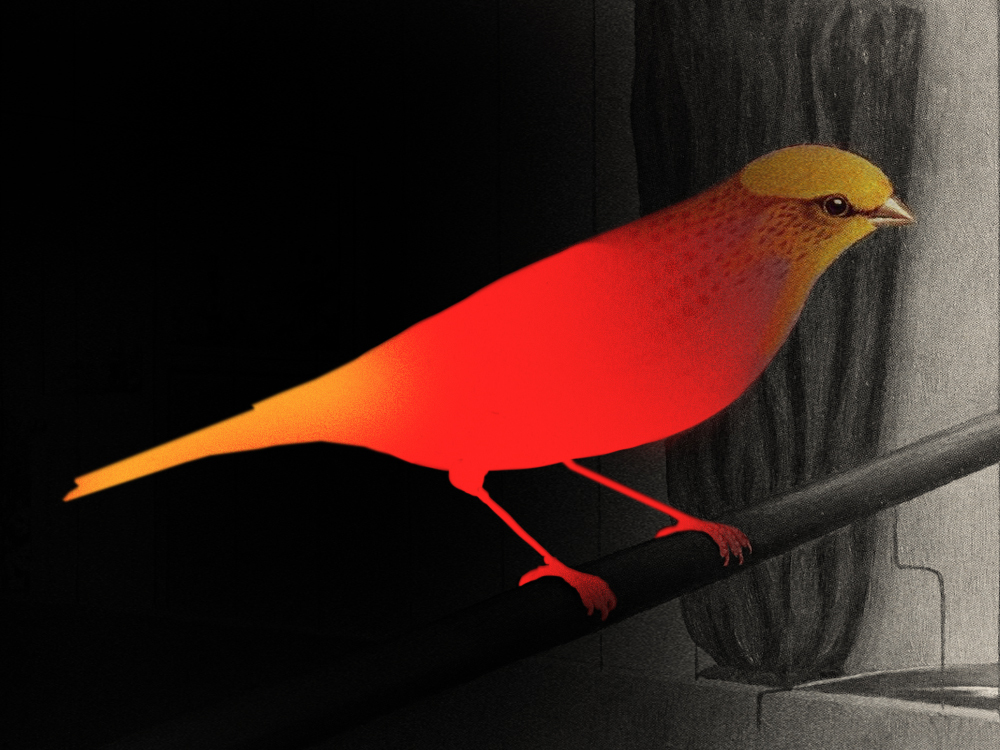Translated by Imogen Taylor
One stifling hot night in early August, I dreamed, as I always do when I have a fever, the old, familiar dream: the earth opens up before my feet, a gaping pit appears, and into this pit I fall, then clamber straight back out, as eager as a cartoon character, only to fall into the next pit that suddenly yawns before me. An endless obstacle course engineered by some higher power, an experiment going nowhere, the opposite of a story. This dream has followed me since childhood and is probably as old as the realization that I will, one day, end up in a pit forever. As a piece of drama, it is extremely simple, and yet it’s an effective dream and no more unoriginal than that of my friend Sibylle, who told me over breakfast a few days later that she has regular nightmares of being swept away by a vast, tsunami-like wave.
I was reminded that of all the arts I would like to master, lucid dreaming is at the top of the list: you sleep and dream, fully aware that you are asleep and dreaming, but the real skill lies in being able to intervene in the events of your dream and steer the plot in your favor. As a lucid dreamer, I could, with no trouble at all, see to it that the steam train hurtling toward me was brought to a halt by, say, a lady-chimp passenger with the presence of mind to interrupt her grooming and pull the emergency brake. I could arrange for my missing child, lost in the fairground throng, to reappear, bright and chirpy, on the broad shoulders of a gently smiling nurse. I could even have a burned jungle returned in dizzying time-lapse to its former chlorophyll-drenched glory and commandeered by a raucous and triumphant menagerie. I could rewrite my nightmares with every narrative device available to me, draining them of the horror that resonates deep into waking life. All the signs, all experience, all probability notwithstanding, I could make everything end happily. I could transform leaden impotence into mercurial superpower with daring and ingenuity, unafraid of even the most implausible twist.
Midpoints, Sibylle explained to me—she was plotting out a streaming series and had papered one side of the hall in her apartment with Post-its—midpoints are what screenwriters call those decisive events that change the course of a film’s action and send it heading toward a new destination on the plot horizon. Tipping points, I knew from the science pages of the newspapers, are those critical moments when climate and ecological systems shift from one state to another—decisive but elusive events that have such a huge impact on the environment that conditions are thrown off-balance. Ecosystems, for example, are so severely weakened, or populations of individual species so seriously depleted that they no longer recover but collapse, tip over, leaving behind them what, in the drastic vocabulary of Sibylle’s screenwriting theory, is known as the point of no return. A simple enough phrase, but what it means to reach that point where there is no going back defies not only imagination but terminology and narrative patterns.




